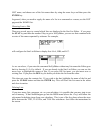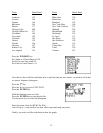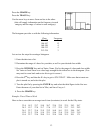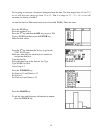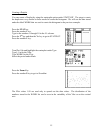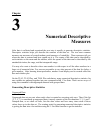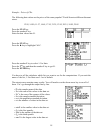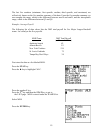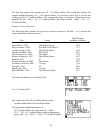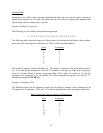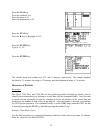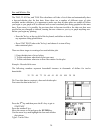
Chapter
3
Numerical Descriptive
Measures
After data is collected and organized the next step is usually to generate descriptive statistics.
Descriptive statistics helps you describe the contents of the data set. The two most common
measures are measures of central tendency and measures of variability. These measures tell you
where the data is centered and how spread out it is. The center of the data can be described by
such statistics as the mean and the median, while the spread of the data can be described by the
standard deviation, the range, and the interquartile range.
You may also want to describe where one number is with respect to all the other numbers in a
large set of numerical data. You can use percentiles to say what percent of the data lies below a
given number. After learning about percentiles, another visual display can be created called the
box-and-whisker plot.
On the TI-83, TI-83 Plus, and TI-84 Plus calculators, many numerical descriptive statistics for
one variable are gathered together into one command called 1-Var Stats. There are two ways of
using this command: with ungrouped data and with grouped data.
Generating Descriptive Statistics
Ungrouped Data
Ungrouped data sets are sets where each value is counted as occurring only once. Thus if the list
{2, 3, 5, 7} is considered as ungrouped data, it merely consists of the four numbers 2, 3, 5, and 7.
Grouped data, as we shall see later, lists the data values and how many times each of those
values show up in the data set. The starting point for generating numerical descriptive statistics
is getting the data into a list and then using the 1-Var Stats function to get the statistics.
17



